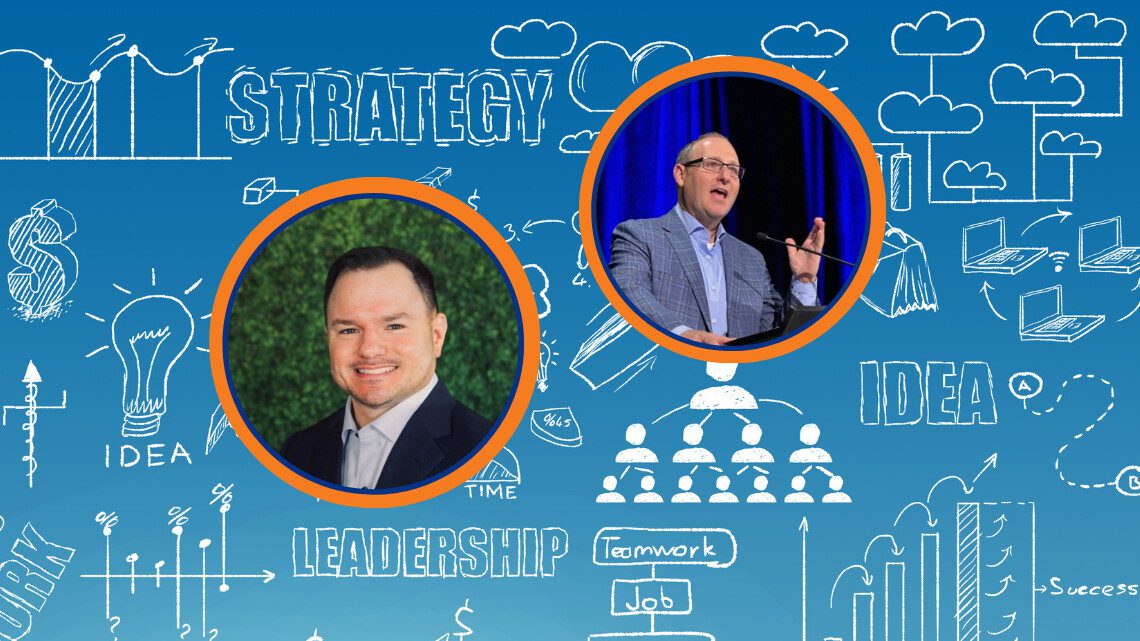Aging leadership and declining interest from younger generations make succession planning critical for community banks. On the Community Bank Podcast, Caleb Stevens of South State Bank discusses this issue with Brian Love and Keith Daly of Travillian.
Attracting New Talent
With the average CEO age at 62.5, Love emphasizes the need for leadership transitions to ensure stability. Daly stresses cross-training to address talent gaps and highlights storytelling to inspire young professionals: “You need to show young people how they can make an impact quickly in community banks.”
Stevens adds, “Passion follows proficiency. I didn’t think I’d enjoy banking until I understood it.”
Developing Internal Talent vs. External Hires
While promoting internal talent is ideal, Daly notes external hires can bring fresh ideas to challenge the status quo. Love stresses mentorship and rotational programs to build internal pipelines, saying, “Developing people is something you can never do enough of.”
New Leadership Roles
Emerging roles like Chief Innovation Officer and Chief Data Officer address technological demands. Love points to forward-thinking banks creating positions like Chief Strategy Officer to drive innovation.
Key Takeaway
“Succession plans need to be fluid, but they also need to exist,” Love concludes.
Listen to the full discussion on the Community Bank Podcast on Apple Podcasts and Spotify. The full story can be found at Travillian.



















